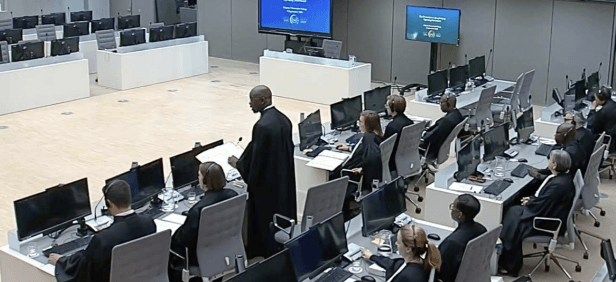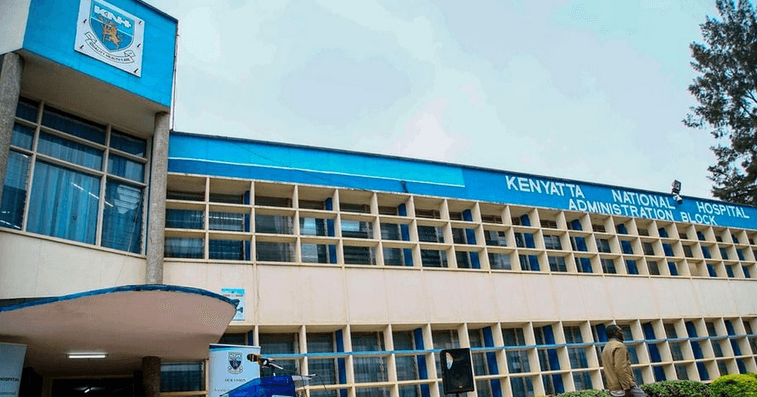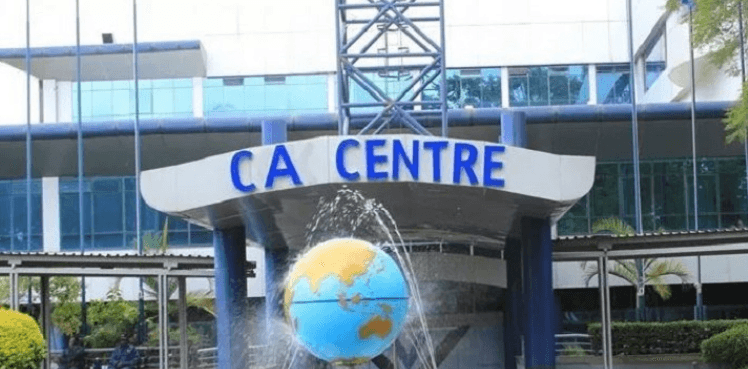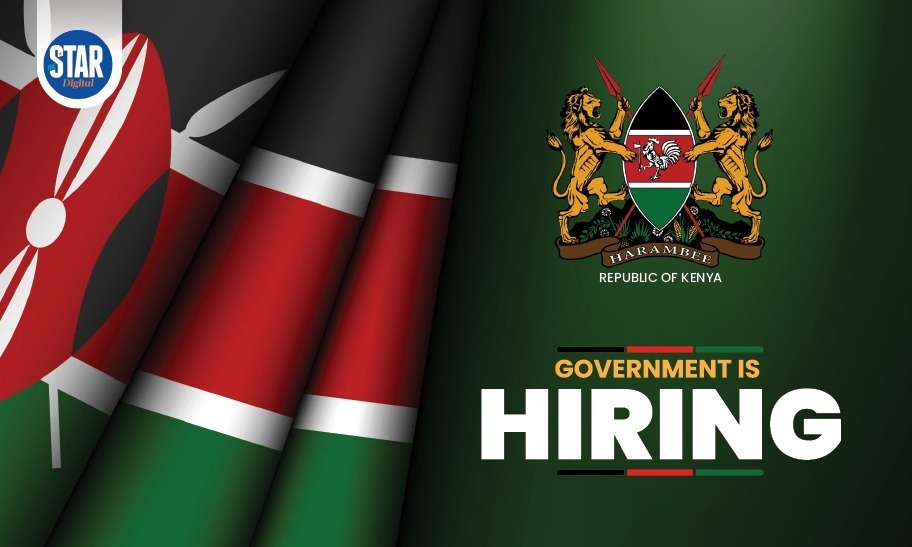On World Environmental Day on June 5, Kenya’s President Uhuru Kenyatta paid tribute to the late environmentalist Wangari Maathai and ordered the Ministry of Environment and Forestry to reclaim grabbed forest land to expand green areas. Conservation initiatives mentioned include the reclamation of Ngong Road Forest, the expansion of Nairobi National Park and the restoration of Michuki Park in Nairobi.
Acting on the president’s directive, the Kenya Forest Service, which has the mandate to protect, manage and conserve public forests, warned against the purchase of land in Ngong Road Forest in Nairobi. Consequently, KFS announced that illegally acquired land in the forest will be seized. Ngong Forest was 7,231.6 acres in size when it was first gazetted in 1932. Today only 3,025.6 is left. Close to 2,000 of what is left has also fallen into private hands through fraudulent acquisition, according to KFS.
The planned reclamation of Ngong Road Forest is coming a bit too late. Those charged with the responsibility of protecting forests have over the years failed to stop illegal acquisition of the woodlands, enabling unscrupulous individuals to grab protected areas, including Ngong Road Forest.
Even if KFS manages to reclaim the lost forest land, the damage has already been done. The ecosystem has been negatively altered through encroachment by a few beneficiaries denying the majority the environmental benefits that would have accrued had the forest remained intact. It would take a very long period of time to restore lost biodiversity.
In Kenya, political patronage is often blamed for much of the encroachment on protected areas that the government holds in trust for the benefit of all citizens. Influential individuals in politics and the government must have used their privileged positions to benefit from public land. Lamentably, such shenanigans are not unique to Kenya.
Dishonest people with influence in other countries have used excuses such as rising population, poverty and the need to expand infrastructure to justify encroachment on public land in conservation areas, ignoring the value of ecosystem services afforded by such areas.
In 2019, Tanzania’s President John Magufuli ordered the degazettement of 12 protected areas and seven wildlife reserves that covered a total of 707,659.94 hectares (1,748,665.8 acres) to create room for the settlement of people for farming and livestock keeping.
While farming is an important economic activity for poverty alleviation, it leads to deforestation, land degradation and greenhouse gas emissions. Forests on the other hand support sustainable agriculture by stabilising soils and the climate, regulating water flow and providing a habitat for pollinators and natural predators of crop pests. It is therefore unreasonable to encourage farming at the expense of forests because woodlands in fact increase crop yields.
The underestimation of the economic value of forests against other land uses in East Africa makes it easy for governments to allow settlements in forests that are often seen as “idle” land. There is a lack of effort to establish a balance between economic activity and the need for biodiversity conservation. Also, environmental and natural resources policies often pay little attention to economic considerations, including the need to make conservation profitable to communities.
Nyadarua county in Kenya, for instance, has recently renewed its bid to hive off 163 acres of land from Aberdare Forest to expand Ndaragwa township, its dairy market and animal feed manufacturing. This is preposterous considering that Kenya is struggling to achieve 10 per cent forest cover and is reclaiming lost forest land for rehabilitation. Nyandarua should consider purchasing private unforested land instead.
The public needs to be made aware of the value of forests. Loss of forests and the services they provide to communities is quantifiable in economic terms.
To quantify losses, a study was carried out in Uganda’s Mabira Forest where 72 hectares (177.9 acres) of forest land was to be cleared to provide for electricity transmission wayleave. Researchers took into consideration all forest benefits, including loss of tree biomass, biodiversity value, carbon sequestration functions, loss of tourism revenue, reduced ecosystem support services and livelihood support, additional management costs, disturbance and relocation of ecotourism infrastructure.
It is important that natural resource managers, economic planners and decision makers jointly take into account the economic value of forests and understand the benefits that are lost when other land uses are allowed in areas where forests once stood.

















